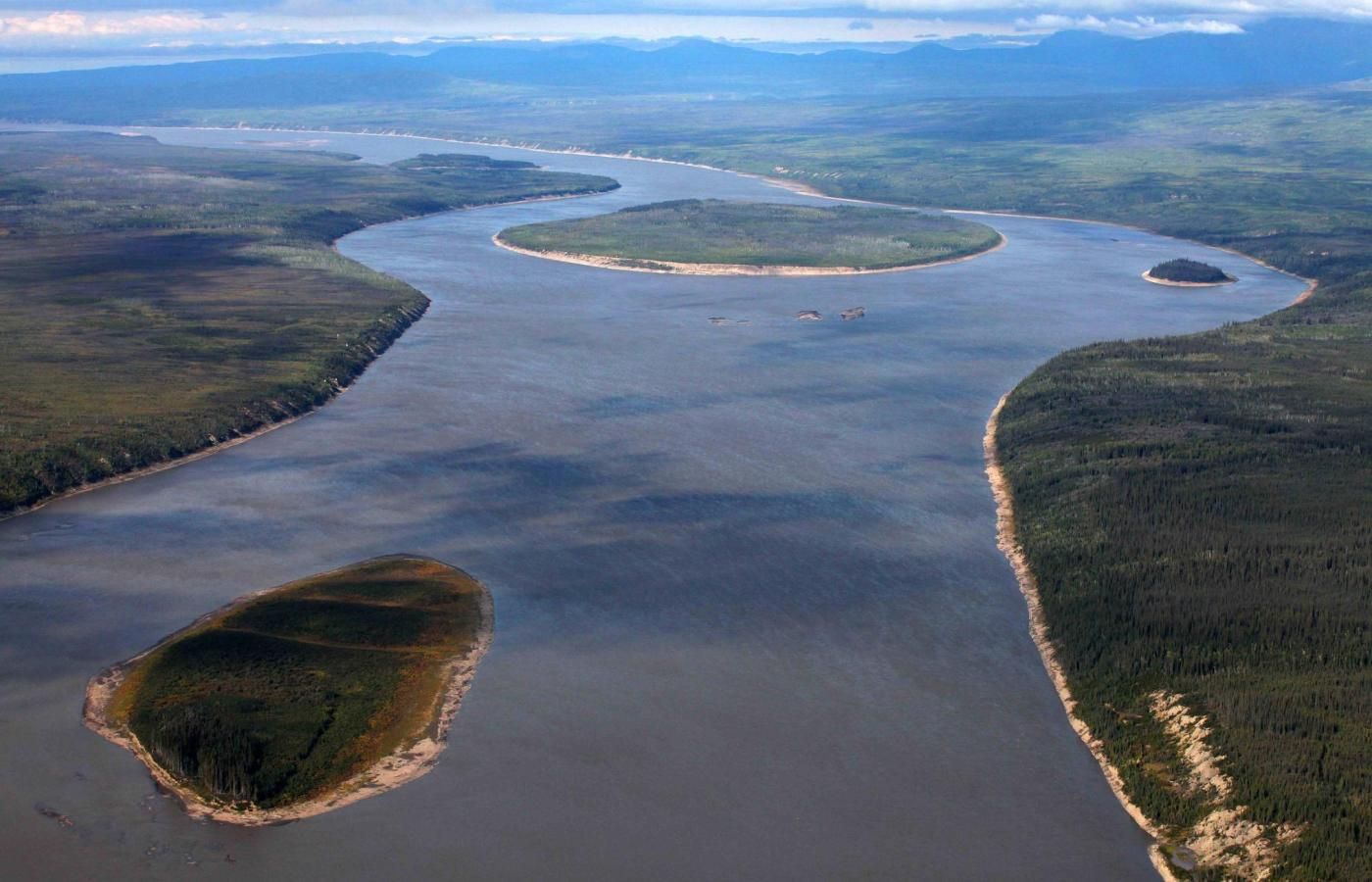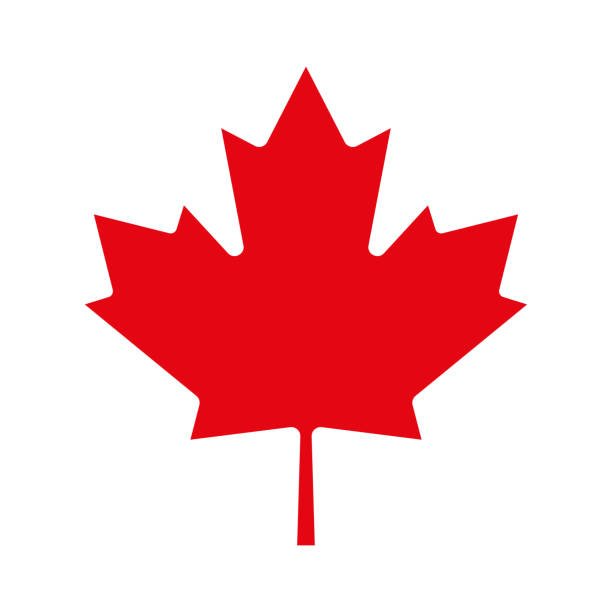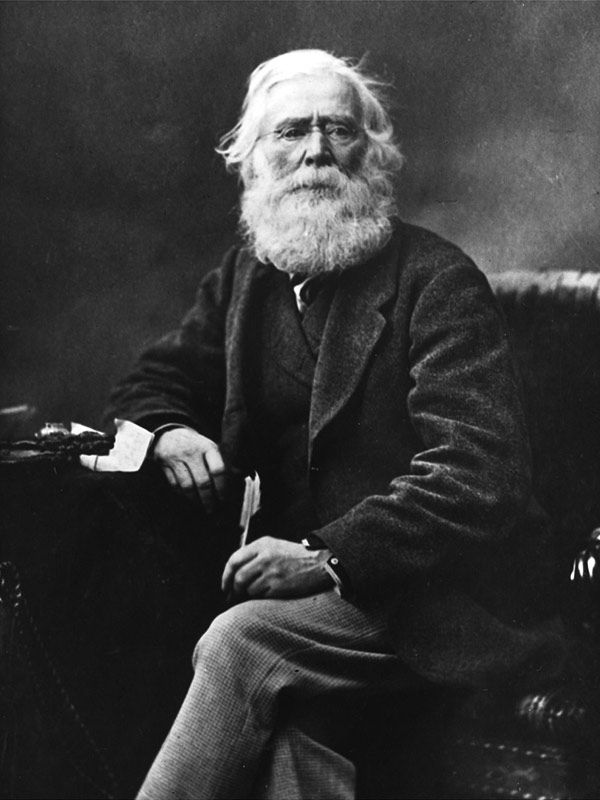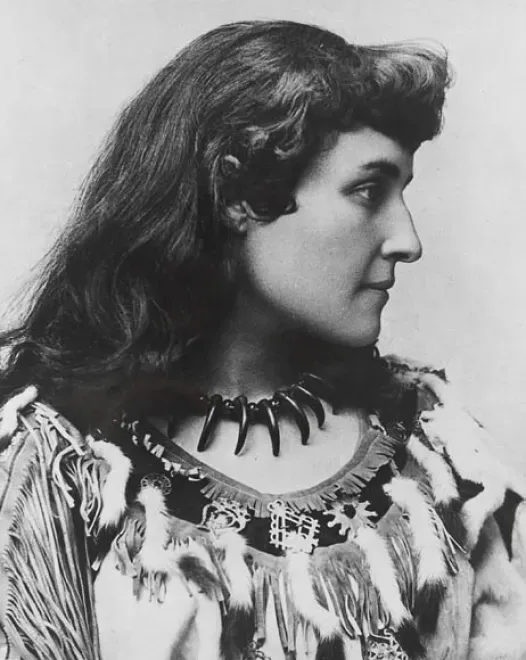A Famous Canadian Citizen: Sir Arthur William Currie
Canadian citizens enjoy a free country with the full benefits of Canadian citizenship because of the remarkable contributions of individuals like Sir Arthur William Currie, Canada’s Greatest Soldier. Understanding his life will help you pass the Canadian citizenship test.
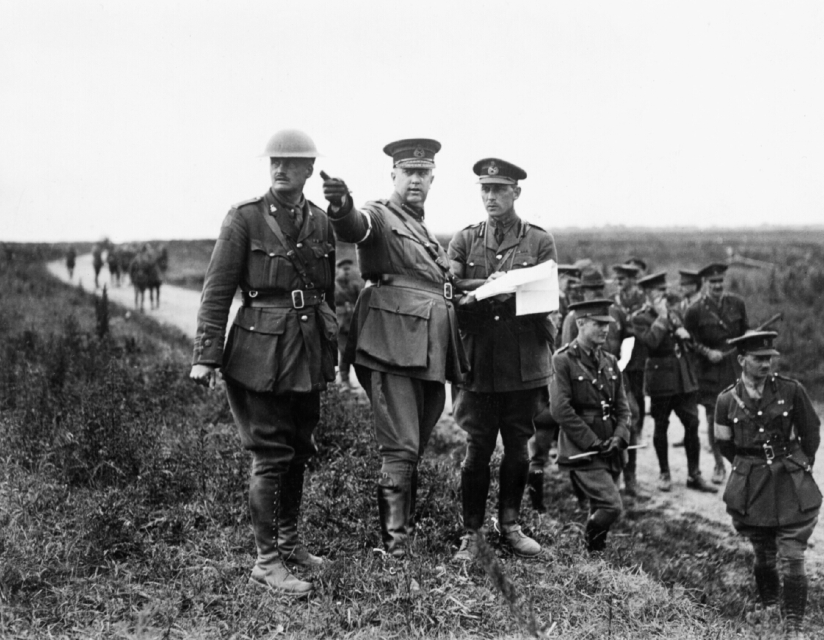
All blog articles reference persons and/or historic sites and events that are cited in the Discover Canada Study Guide and include relevant information necessary for Canadian Citizenship test preparation.
Currie was known as Canada’s Greatest Soldier of the First World War and led the Canadian Corps to several important victories, especially at Vimy Ridge in France as part of the Allied war effort led by Britain, with the strong support of Canada. These Canadian victories ultimately contributed to the end of the war, and paved the way for Canada to eventually become an autonomous country, with citizenship separate from Britain. All Canadian citizens owe a debt of gratitude to Sir Arthur William Currie and his brave Canadian war comrades.
Currie’s Early Life:
Arthur Currie was born in 1875 to Canadian parents, William Garner Curry and Jane Patterson on their farm near the hamlet of Napperton, Ontario. Currie’s grandparents had immigrated from Ireland and upon arrival to Canada, changed the family name from Corrigan to Curry. Arthur modified the spelling of his surname from Curry to Currie in 1897.
He grew up third in a family of eight children and was raised on the homestead of his paternal grandparents. Currie was educated in a local public school, and had plans to pursue a professional career in law or medicine. Unfortunately, his father passed away when Arthur was fifteen which put a great strain on the family finances and made his education dreams impossible due to his limited financial means.
Currie instead pursued training as a teacher and worked toward an honors certificate which would enable him to gain university entrance. Just a few months before his final exams, Currie quarreled with one of his teachers, and subsequently left high school. The Canadian Pacific Railroad to British Columbia had just been completed and rumors abounded regarding the impending financial boom and unending career opportunities enticed him to head to British Columbia.
When Currie arrived in British Columbia he found no career opportunities outside of teaching, so he accepted a teaching position on the Saanich Peninsula, north of Victoria, British Columbia. Two years later he moved to Victoria, taking a position at Boy’s Central School and later at Victoria High School.
Military Career:
Currie joined the Canadian Militia in 1897 as a part-time gunner for the 5th Field Artillery Regiment (British Columbia). He achieved the rank of corporal in 1900 and was offered an officer’s commission. He attended every available course offered by the British Army Contingent at Work Point Barracks in Esquimalt. He was elected president of the British Columbia Rifle Association in 1905 and could be found on the local shooting range every Saturday.
He was promoted to captain rank in 1901 and then to major in 1906. By 1909 he had risen to the rank of lieutenant-colonel, commanding the 5th Regiment. He also served two years as president of the Young Men’s Liberal Association of Victoria and it was suggested several times that he run as a candidate for the provincial legislature.
World War I:
When World War I broke out and Canada found itself at war on August 4, 1914, Currie was offered the command of Military District No 11, British Columbia. He turned this down. He was then offered command of the 2nd Infantry Brigade of the Canadian Expeditionary Force’s first Canadian Division. He was confirmed on Sept. 29, 1914 and took command of the 2nd Brigade at the Valcartier Camp in Quebec.
His Division spent the winter of 1914-1915 training in England and was sent to France in February 1915. There they trained in trench warfare and took control of a section of trench in the Ypres Salient. In April 1915 the Germans used poison gas for the first time on the Western Front, causing the French troops to break flank, leaving a 7-kilometre long hole in the Allied line.
In the chaos that followed, Currie proved his worth as a leader, gathered the troops together and counter-attacked, denying the Germans a breakthrough.
Following the Ypres Salient battle, Currie was promoted to major-general, and was given command of the entire First Canadian Division. He was knighted by King George V in 1917.
Canada’s most famous and influential battle of the First World War occurred at Vimy Ridge in 1917, where with great valour the Canadian Corps accomplished what no other Allied troops had been able to do and secured this important Ridge from the enemy, although at the great cost of 10,000 soldiers killed or wounded. One Canadian officer said, “It was Canada from the Atlantic to the Pacific on parade - in those few days I witnessed the birth of a nation.” April 9 is celebrated as Vimy Day.
Post-War:
Currie, his wife and two children, returned to Canada following the war. He was selected as principal and vice-chancellor at McGill University in Montreal, Quebec, on the basis of his “exceptional powers of organization and administration” and his “capacity for inspiration and leadership” rather than academic prowess. Under Currie’s leadership, McGill University grew and prospered. He became famous as a Canadian citizen who was known as a premier university administrator.
Sir Arthur Currie’s Legacy:
Currie was a remarkable Canadian, described as Canada’s greatest military commander. When he passed away in 1933, the Times newspaper wrote that his funeral was the most impressive funeral ever seen in Montreal. Schools have been named after him in British Columbia and Quebec. Mount Currie located in Banff National Park also bears his name. The Currie Barracks in Calgary, Alberta was named in his honor as well. In 2006 Canada honored Currie as one of the fourteen Canadians in the Valiants Memorial. Many other honors were bestowed in his memory through the years.
Canadian citizenship is highly valued around the world. The contribution of people like Sir Arthur Currie have made Canada the privileged nation that it is today.
Joy Dirks
October, 2022
